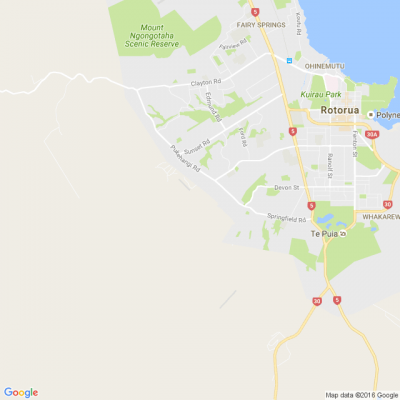
Know what’s happening
Access the private noticeboard for verified neighbours near you. Keep informed about any suspicious activity, send urgent updates to your neighbours when required and discuss emergency planning.
Get to know your neighbours
Browse the directory and start getting to know your neighbours. Don’t want to post to the whole neighbourhood? Send a private message.
Buy, sell and give away
Want to declutter your garage? Buy some used household items? Give away some garden stuff? Become a verified neighbour to browse and post items for sale. Trading is simple when everyone lives nearby.



Thank you for using Neighbourly
You may receive an email confirmation for any offer you selected. The associated companies will contact you directly to activate your requests.
Robert Anderson from Curtain Clean Rotorua
There are five different styles/category of fabric that form the foundation for the vast array of curtain and upholstery fabrics you see on the market today. Each fabric style outlined below has its own unique characteristics and are produced using different techniques. Some of these fabric types … View moreThere are five different styles/category of fabric that form the foundation for the vast array of curtain and upholstery fabrics you see on the market today. Each fabric style outlined below has its own unique characteristics and are produced using different techniques. Some of these fabric types will be well known to you like plain and printed fabrics, while others less so.
You may be wondering why cotton and linen for example are not included here – this is because they are a type of composition that falls within one of these categories below.
Here we give you a high-level overview of the styles of fabrics available to you for your home interior or commercial interior project.
PLAIN
Plain fabrics are characterised by simple weaves and textures not showing any complex design.
Simple weaves are for instance – hopsacks, twills, herringbones and satins. Common fabric compositions used for plain fabrics include natural fibres (cotton, linen) as well as synthetic fibres (polyester, acrylic, etc.)
Plain interior fabrics take on a simple and paired back aesthetic. Ideal for a minimalist décor, you can complement plain fabrics with more textured and tactile textiles for added interest to your home décor.
PRINTED
Printing is the process of applying coloured designs and patterns to a woven textile. One or more colours are applied to the fabric in specific parts only, using thickened dyes to prevent the colour from spreading beyond the limits of the pattern or design. In quality printed fabrics, the colour is bonded with the fibre so as to resist loss of dye from washing and friction (crocking). Printing is an ancient textile manufacturing technique of which there are five print production methods you can use:
Burn Out Printing:
A process which uses chemicals, rather than colour, to burn out or dissolve away one fibre in a fabric. The purpose is to achieve a sheer design on a solid or opaque fabric. The chemicals used during production can make this fabric sensitive to ultraviolet degradation when hung in direct sunlight.
Digital Printing:
Rapidly becoming a popular and commercially viable printing method due to its flexibility, precision and consistency. With this new printing technique it is now possible to print any design, even with photographic detail, onto fabric. There are no restrictions in the amount of colour that can be used.
Engraved Roller Printing:
The printing method used for the majority of fabrics worldwide. The colours are printed directly onto the fabric. There must be one roller for each colour used in the print. The more colours used, the better the print definition and depth of colour. The number of colours used is printed on the left hand selvedge of a fabric along with the brand.
Hand Block Printing:
The oldest form of printing. Print designs are created by transferring dyestuffs onto fabric with the help of wooden, linoleum, or copper blocks. Artisans hand craft individual blocks to carry each different colour in a design and perfectly match block placement to create the all-over design.
Keep reading: www.curtainclean.co.nz...
Angela Quigan Reporter from Stuff
Hey neighbours, is it time to get your finances in order? If lockdown has focused your mind on the state of your bank account, we’re here to help.
Stuff has launched MoneyIQ, an eight-week email course that will give you all the basics you need to get your money sorted and start working towards … View moreHey neighbours, is it time to get your finances in order? If lockdown has focused your mind on the state of your bank account, we’re here to help.
Stuff has launched MoneyIQ, an eight-week email course that will give you all the basics you need to get your money sorted and start working towards a brighter, richer future. You can sign up for free here.

The Team from Graeme Dingle Foundation Rotorua
Graeme Dingle Foundation Southland asked Andrew Mullins from NZAS, one of their Career Navigator Mentor's, some questions about their Career Journey.
So we wanted to ask you, what's the best advice you have been given? Let us know below in the comments, we'd love to hear from you!
… View moreGraeme Dingle Foundation Southland asked Andrew Mullins from NZAS, one of their Career Navigator Mentor's, some questions about their Career Journey.
So we wanted to ask you, what's the best advice you have been given? Let us know below in the comments, we'd love to hear from you!
To find out more about our Career Navigator Programme click on the link below!

Remya, the Special Care Unit Coordinator at Bob Owens Village tells us about her journey with Ryman.
Read about her story below.

The Team from Resene ColorShop Rotorua
From pine cones to tree-shaped centrepieces, have fun creating your own Christmas decor with Resene’s festive, on-trend colour combinations. Combine your favourite Resene testpot colours to match your Christmas style. Find out how to create your own.
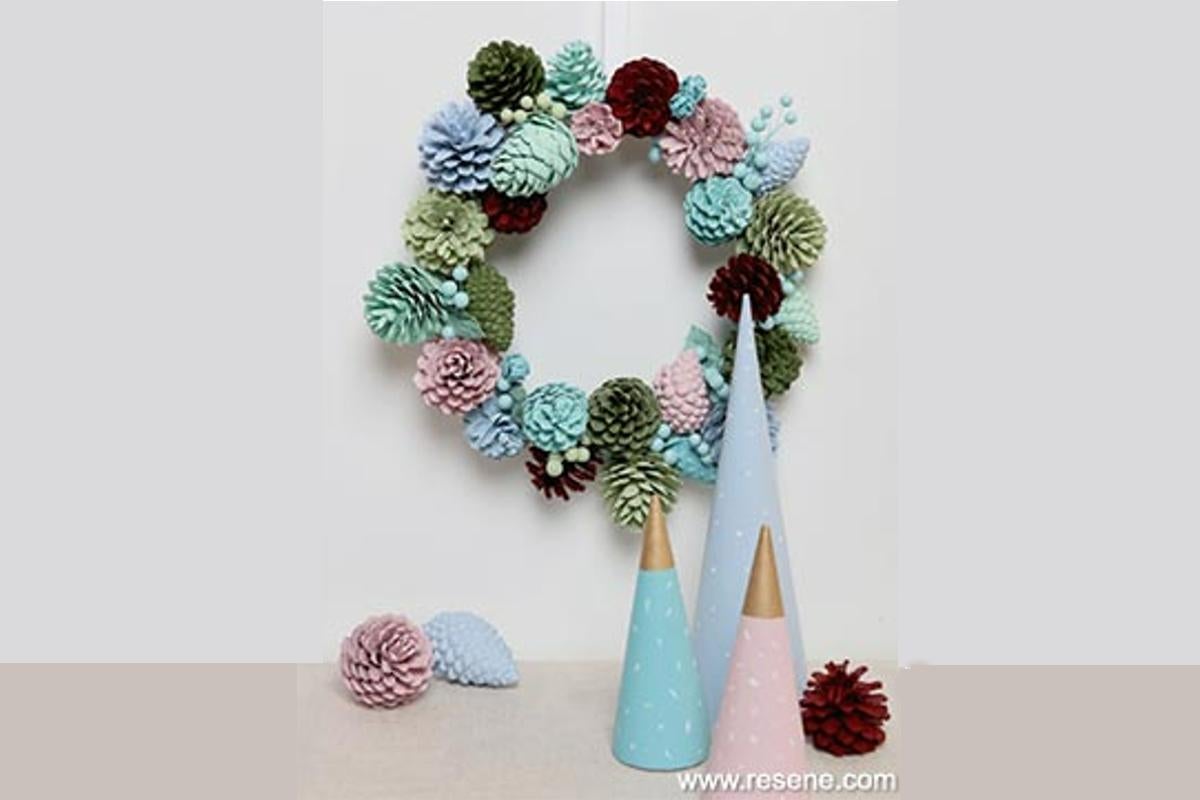
If you’re tired of waking up sore from your old bed’s lack of support, it might be time to upgrade your mattress. When you shop locally, you support an entire community, not just a business! Hence we urge you to shop and support local businesses like us so we can grow together as a community.
… View moreIf you’re tired of waking up sore from your old bed’s lack of support, it might be time to upgrade your mattress. When you shop locally, you support an entire community, not just a business! Hence we urge you to shop and support local businesses like us so we can grow together as a community.
While we're asking you to support us, we would like to give back to the community with an exclusive offer of UP TO 60% Off With Free Delivery on our incredible range of NZ Made beds and mattresses!
Check out our limited-time specials online or contact your local Beds4U Store Now!
Bring back your dream sleep, With Beds4U's Biggest Online Bed Sale
Shop now

The Team from Graeme Dingle Foundation Rotorua
Kiwi Can is our energy-packed primary school programme, aimed at children aged 5 to 12 years. It teaches values such as integrity and respect, helps build resilience and delivers fun-filled learning to schools all around the country.
To find out more about our Kiwi Can programme, head to our … View moreKiwi Can is our energy-packed primary school programme, aimed at children aged 5 to 12 years. It teaches values such as integrity and respect, helps build resilience and delivers fun-filled learning to schools all around the country.
To find out more about our Kiwi Can programme, head to our website today!
Hey neighbours,
Wrapped up in our bubbles - it's certainly been a tough few weeks. With our daily routines challenged, we were able to slow down and enjoy the better things in life. That's why we want you be a part of the Neighbourly joy movement and share the simple things that make … View moreHey neighbours,
Wrapped up in our bubbles - it's certainly been a tough few weeks. With our daily routines challenged, we were able to slow down and enjoy the better things in life. That's why we want you be a part of the Neighbourly joy movement and share the simple things that make you happy.
Share a photo or story with your neighbours and you could be in to win Good Joe Coffee and Best Ugly Bagels (or bagels for your whole street!).
Share now!

The Team from
We are thrilled to announce that we are re-opening to the public today!!
Our shop team have been cleaning and putting out fresh stock for you, so we are thoroughly prepared and following Ministry of Health guidelines to keep you and our team safe.
Please remember that wearing a face covering, … View moreWe are thrilled to announce that we are re-opening to the public today!!
Our shop team have been cleaning and putting out fresh stock for you, so we are thoroughly prepared and following Ministry of Health guidelines to keep you and our team safe.
Please remember that wearing a face covering, signing in and keeping a 2-meter distance from one another, is mandatory now.
We can now accept donations too, however, please check in with each shop, to make sure they have enough room to safely receive them.
You can find the contact details of the Red Cross Shop nearest you by clicking the button below.

Robert Anderson from Curtain Clean Rotorua
We are open for Level 2! Please follow Covid safety guidelines!
We’ve been pioneering village living, and aged care, for more than 35 years. Our track record is built on genuine compassion and respect and gives you the confidence to be able to live the way you want. It’s another reason New Zealanders have voted us one of the Reader’s Digest Most Trusted … View moreWe’ve been pioneering village living, and aged care, for more than 35 years. Our track record is built on genuine compassion and respect and gives you the confidence to be able to live the way you want. It’s another reason New Zealanders have voted us one of the Reader’s Digest Most Trusted Brands for a 7th year. Learn more

The Team from Neighbourhood Support New Zealand
A simple phone call or message it all it takes sometimes.
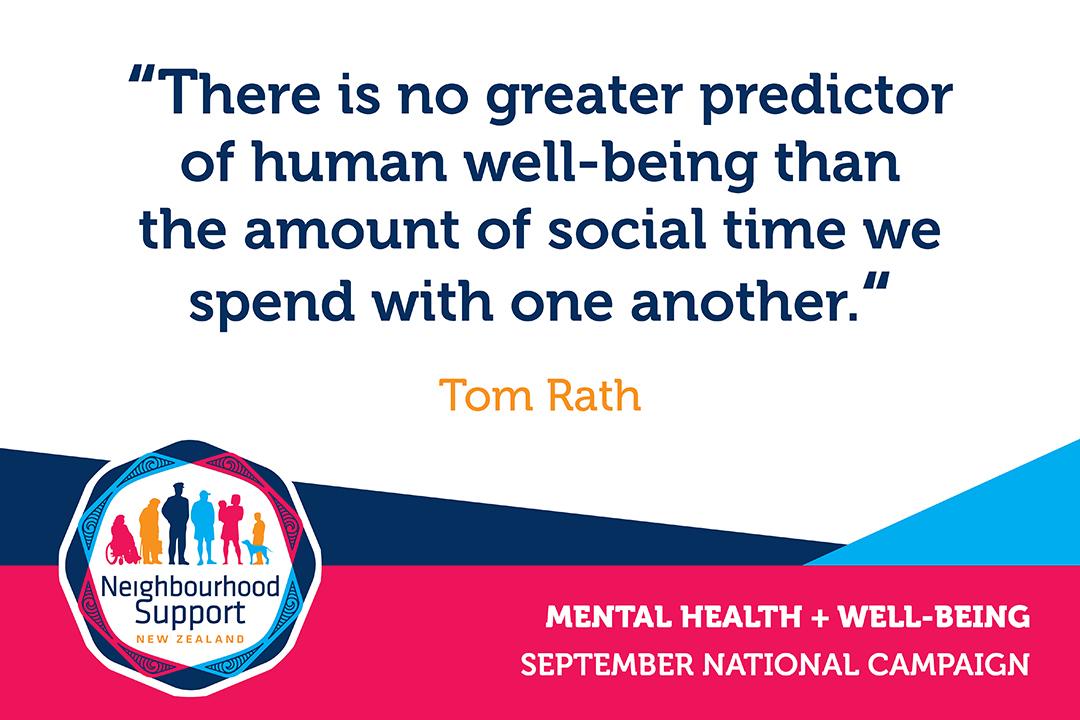
All regions outside Auckland will move to Covid-19 Alert Level 2, with Auckland remaining at Alert Level 4 for at least another week.
Prime Minister Jacinda Ardern and the Director-General of Health Dr Ashley Bloomfield announced the changes at a post-cabinet press conference on Monday … View moreAll regions outside Auckland will move to Covid-19 Alert Level 2, with Auckland remaining at Alert Level 4 for at least another week.
Prime Minister Jacinda Ardern and the Director-General of Health Dr Ashley Bloomfield announced the changes at a post-cabinet press conference on Monday afternoon.
Regions outside Auckland will make the change to Alert Level 2, at 11.59pm tomorrow.
Here's what you need to know
- A refresh on Level 2 restrictions and what it means for you.
- Indoor gatherings are now capped at 50 people, with outdoor gatherings restricted to a maximum of 100 people.
- There have been 20 confirmed cases of Covid-19 reported by the Ministry of Health since 9.00am yesterday, all in Auckland.
- If you have any flu-like symptoms, call the NZ Covid-19 Healthline on 0800 358 5453 or ring your GP.
- Find your closest Covid-19 testing location on the Healthpoint website
For more information, visit covid19.govt.nz.

Another great story!
Southland father and son, Robert and Bobby Baird have recently received their forestry qualifications, proving you are never too old to learn.
While Robert has practical experience gained during four decades in the bush, he says vocational training like the qualification he… View moreAnother great story!
Southland father and son, Robert and Bobby Baird have recently received their forestry qualifications, proving you are never too old to learn.
While Robert has practical experience gained during four decades in the bush, he says vocational training like the qualification he has just done is helping keep people safe.
Competenz assessor Neville Muir worked with Bairds throughout their training programme.
“Bobby is very driven to succeed and very organised. He’s also very keen to continue upskilling his crew and there are a lot of different certificates still to do,” he says.
While Bobby is his boss at work, Robert turns back into ‘dad’ at the end of the day. “I give him a hand during the day when he’s got a lot of work on. We have a great relationship and it’s a magic thing to be able to do to work with your son.”
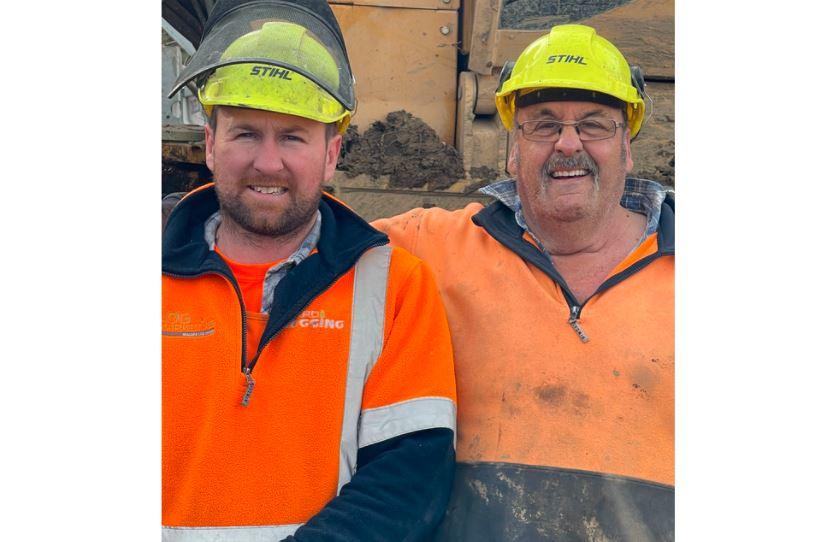
 Loading…
Loading…
Are you sure? Deleting this message permanently removes it from the Neighbourly website.
 Loading…
Loading…

 $639,000
$639,000



 Marketed by Michelle Stephenson
Marketed by Michelle Stephenson

 Tender
Tender


 Marketed by Jami Botha
Marketed by Jami Botha

 $915,000
$915,000



 Marketed by Michelle Stephenson
Marketed by Michelle Stephenson

 $560,000
$560,000



 Marketed by Michelle Stephenson
Marketed by Michelle Stephenson

 Auction
Auction

 Marketed by Michelle Stephenson
Marketed by Michelle Stephenson
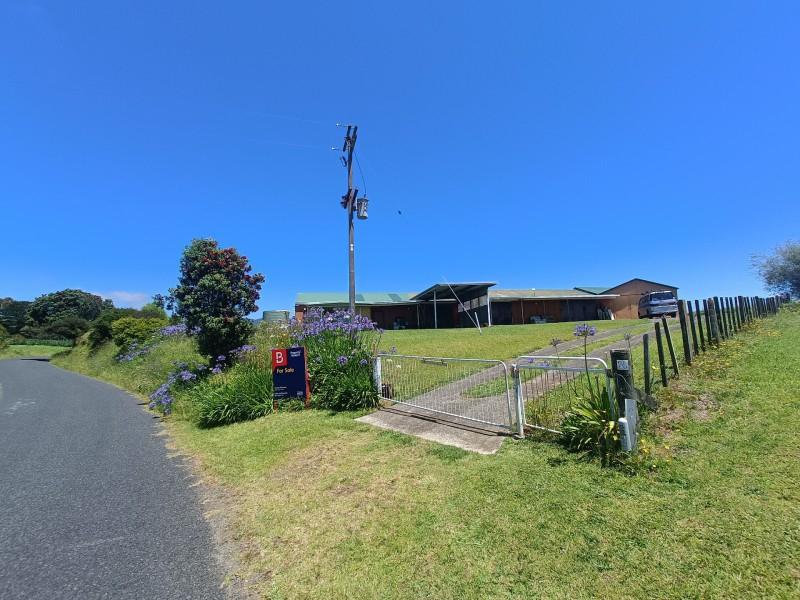
 By Negotiation
By Negotiation

 Marketed by Brooke Woolsey
Marketed by Brooke Woolsey
© Neighbourly 2025
